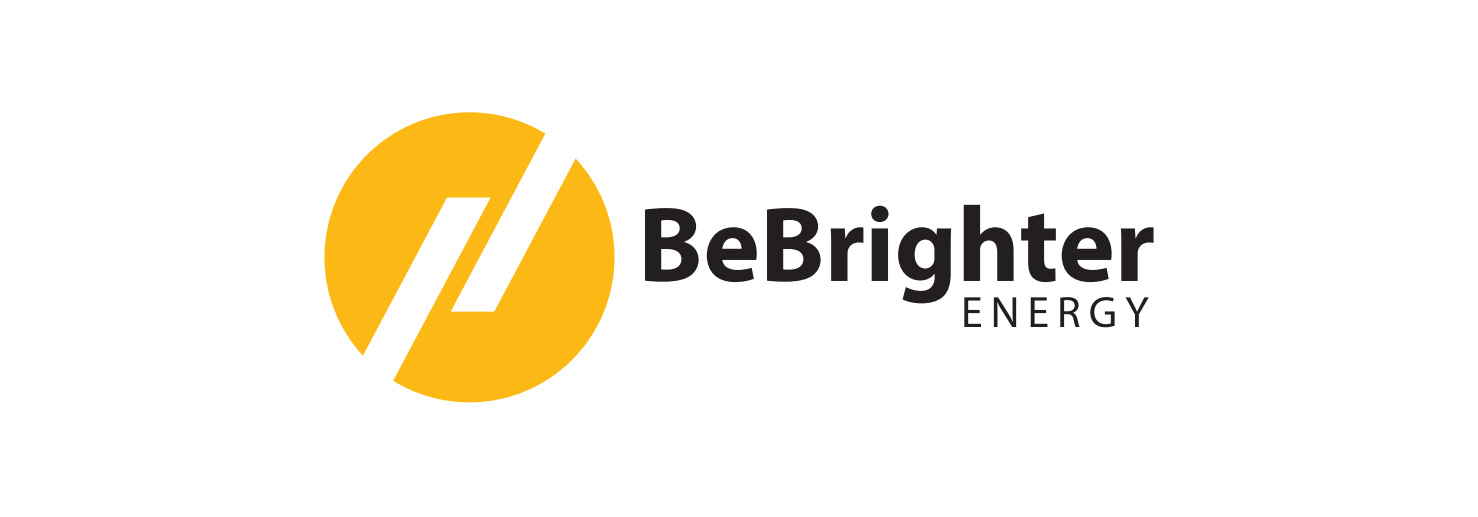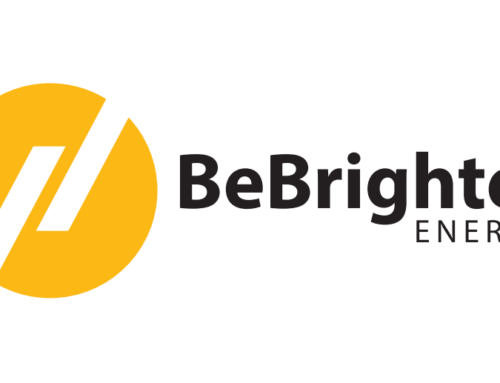German Industries Embrace Solar Power to Slash Energy Costs Amidst Legislative Support and Geopolitical Shifts
The shift towards solar energy in Germany is being driven by economic, legislative, and geopolitical factors. The war in Ukraine and the subsequent drop in Russian fossil fuel exports have pushed Germany to accelerate its transition to renewable energy sources, aiming to cover 80% of its energy needs from renewables by 2030. This has been facilitated by new laws and policies that promote solar power expansion, including feed-in tariffs that guarantee a price for renewable energy producers and reduced costs of solar panels.
The economic viability of solar installations has become increasingly apparent to German businesses. Despite initial scepticism, companies like Tridelta have recognised the long-term financial benefits of solar energy. The amortisation period for solar investments is relatively short, around 7.5 years, with manufacturers offering guarantees of up to 20 years. This makes solar power a lucrative investment, particularly as electricity prices in Germany remain high due to grid fees and taxes.
Corporate adoption of solar energy has surged, with a notable 81% increase in newly installed photovoltaic capacity on business rooftops in the first four months of the year compared to a mere 1% growth in the residential sector. Surveys indicate that more than half of German companies with suitable roofs plan to install solar power systems within the next three years. By 2030, nearly all manufacturing companies in Germany are expected to utilise solar energy.
The drop in global solar panel prices, particularly due to an influx of affordable panels from China, has further incentivised companies to switch to solar energy. This trend is supported by legislative measures, including eased regulations, increased subsidies for large rooftop systems and upcoming tax reforms for real estate funds operating rooftop solar panels.
Germany’s potential for solar capacity is substantial, with an estimated potential of up to 287 gigawatts (GW) from installations along roads, railways, parking lots and industrial areas. This far exceeds Berlin’s 2030 target of 215 GW and highlights the opportunity to reduce reliance on agricultural land, where permitting and planning can be time-consuming.
State feed-in subsidies for large-scale rooftop photovoltaic projects have also contributed to this trend. The most recent tender for subsidised projects saw a 107% increase in offers compared to the previous year. For companies like Tridelta, it is currently cheaper to sell the generated electricity to the grid and buy it back due to the favourable feed-in tariff rates.
Overall, Germany’s strategic push towards solar energy is reshaping the industrial landscape, providing businesses with a sustainable and cost-effective energy solution while reducing the nation’s reliance on fossil fuels.


